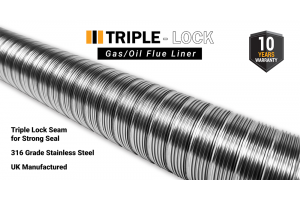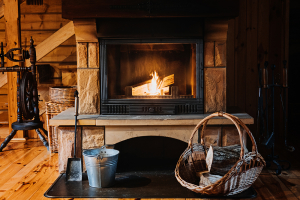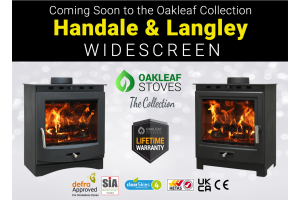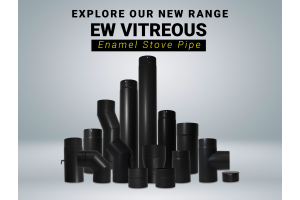Easy ways to make your wood-burning stove safer, less polluting, and more efficient
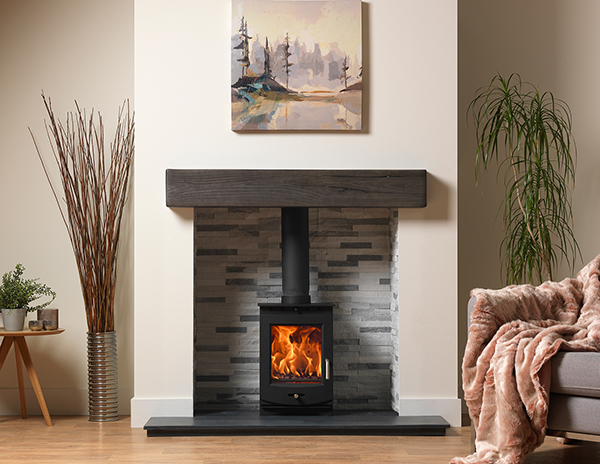
A stove which is improperly used and maintained can lead to increased pollution and increased risk of fire, as well as costing more due to inefficiency.
Follow these tips to make your wood-burning stove safer, less polluting and more efficient
Only burn seasoned wood with a moisture content of 20% or below, or use lower-polluting wood pellets, looking for the Ready To Burn logo on any purchases. If you buy wood in larger quantities to season at home, follow the manufacturers’ instructions to do this.
Freshly-cut wood and that with a higher moisture content can cause greater heavy particle pollution and lead to the formation of tar, an extremely flammable substance which can start chimney fires. Treated wood can release carcinogenic fumes.
While it can be tempting to pick up wood from the garden or when you’re out and about, if you’re not sure of the quality of the wood you can’t be sure of the fire hazards or health risks it could cause when burned. Similarly, if you are using coal, use safer smokeless fuel, which produces less pollution and is better for your health and for the environment.
Maintenance is also key. Chimneys should be lined and collared and regularly swept to remove harmful and flammable build-ups of soot and tar, and stoves themselves should have working vents, correctly closing doors and ideally a stove pipe thermometer.
Oxygen levels are key to controlling the spread of fumes, so you need to be able to control the inflow of air. When starting the fire, leave the door ajar and vents open. This will reduce the amount of smoke produced. Once the fire is going, use the air vents to keep the fire at a regular level and temperature. Each stove will have a different optimum operating temperature, so check the correct temperature for your stove.
Running your stove at the correct temperature will also reduce the risk of destructive fire. Too low a heat, and heavy soot and tar build-up increases the risk of a chimney fire; too high, and dangerous temperatures risk house fires.
A correctly maintained stove where you can control the air intake and temperature will also increase the efficiency of your heating. A more efficient stove means you’ll need to use fewer logs or pellets, which will both save you money and result in fewer harmful particulates being released into your home and outside.

